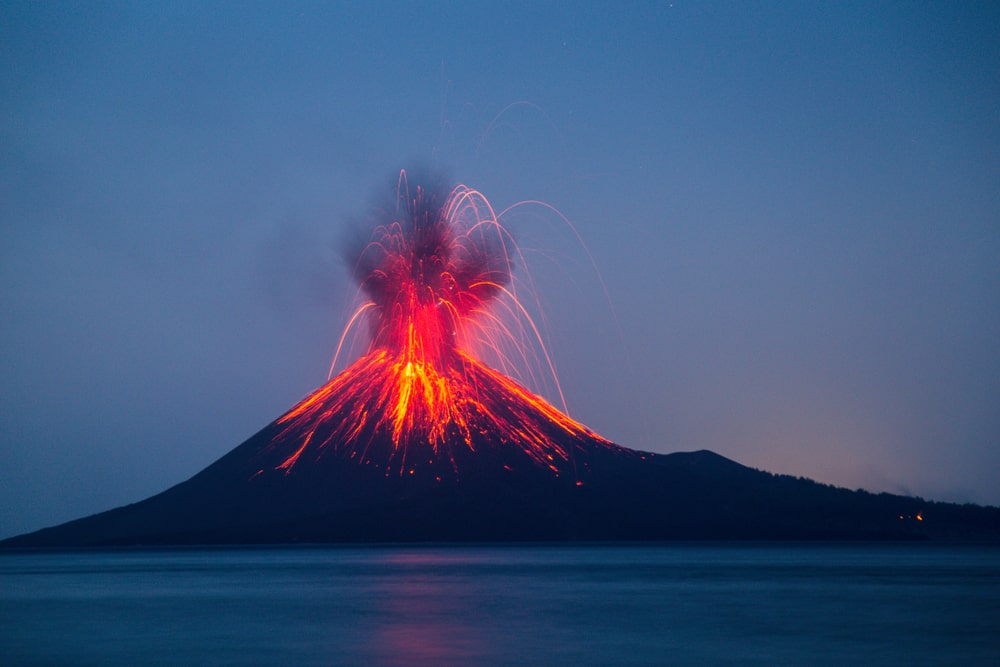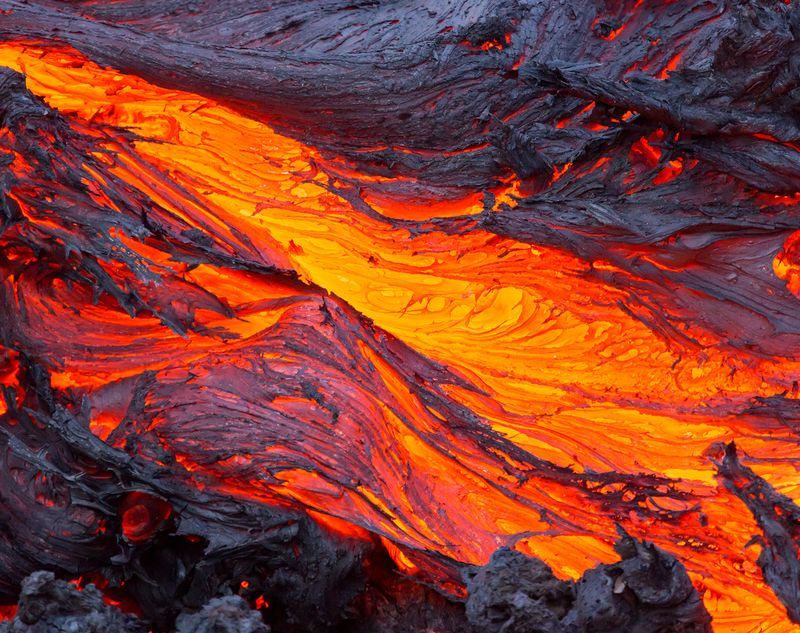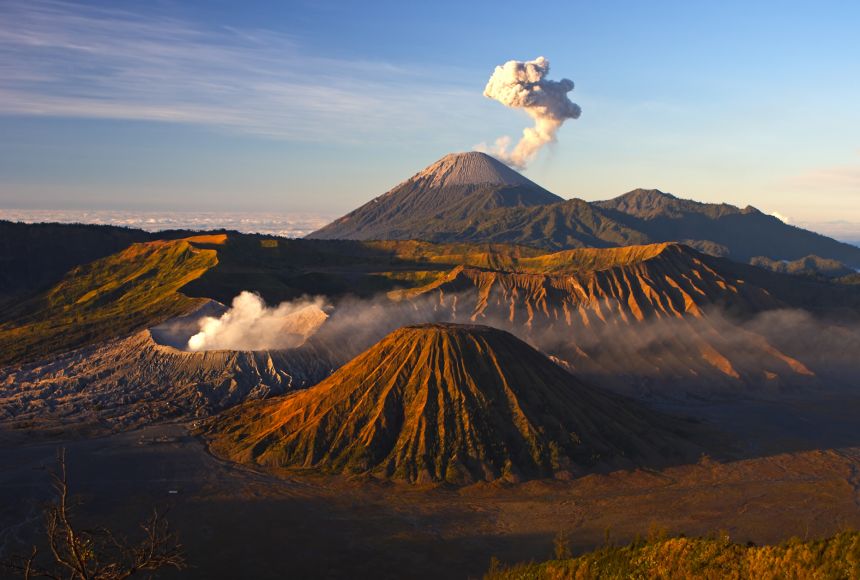What is a Volcano?
A volcano is a cavity in the earth that is an escape for gases, molten rocks, and debris that form under the surface of the Earth. Due to continuous eruptions, a lot of ash and rocks get collected resulting in the formation of craters, hills, and mountains. There are molten rocks inside the volcano which is called magma. When the pressure inside a volcano starts to rise it forces the magma to flow out onto the surface of the Earth. Once the magma starts to escape the volcanic cavity, and move outwards to the planetary surface, then it is called lava.
Also Read, Understanding Earthquakes

Interesting Facts About Volcanoes You Should Know About:
1. What Are The Different Types of Volcanoes?
Volcanoes are typically classified into three different categories namely active, dormant, and extinct.
Active Volcanoes: Volcanoes that have erupted in the recent past and are likely to erupt again are known as active volcanoes.
Dormant Volcanoes: Volcanoes that have not erupted for a very long time in the past but are expected to erupt in the future are known as dormant volcanoes.
Extinct Volcanoes: Volcanoes that have neither erupted for a long time in the past nor are expected to erupt in the future are known as extinct volcanoes.
2. How Many Active Volcanoes Are There In The World?
There are volcanoes present on every continent of the world including Antarctica. It is reported that there are about 1500 volcanoes in the world that are potentially active, and nearly 161 of these potentially active volcanoes are in the United States of America. This means that over 10 percent of active volcanoes are present in the US.

3. Are There Any Benefits of Volcanic Eruptions?
While we’re all familiar with the devastating effects that giant volcanic eruptions can/do cause such as emitting harmful gasses, causing earthquakes, etc., there are many benefits of such eruptions also.

- The ultimate breakdown of volcanic materials after the eruption has resulted in producing fertile land soil that has boosted food production and nurtured civilizations.
- The heat produced by the volcanic activities beneath the earth’s surface has provided us with geothermal energy. Geothermal energy is a renewable energy source which mainly used to generate electricity apart from other things.
- A large number of minerals such as copper, zinc, gold, silver, and lead have been found in the magma of extinct volcanoes.
4. Facts About Volcanoes For Kids
- Regardless of whether volcanoes are active or inactive, they have been found outside the Earth as well. Moon and Mars are known to have volcanoes on their surfaces.
- More than 80 percent of the Earth’s surface including land and sea is of volcanic origin.
- The deadliest volcanic eruption was recorded on Mount Tabora in 1815 in Indonesia. The eruption caused the death of about 10,000 people and the ash and gases caused an increase in the reflectivity of the Earth. This phenomenon was called the year without summer. This further resulted in an increase in diseases and starvation which led to the death of 82,000 people.
- The shape of the volcano depends upon the frequency and intensity of eruptions along with the composition of the magma.
- When the undersea volcanic mountains become large enough they rise up to the surface of the water, they become islands.
- The tallest volcano in the world is Nevado Ojos del Salado which is dormant and is located in the Andes on the Argentina-Chile border.

Watch Full Video On, Meet the 8-Year-Old Braveheart Who Said Hello To Everest

